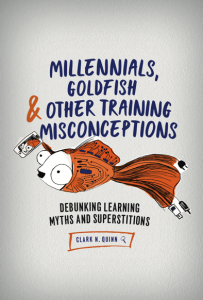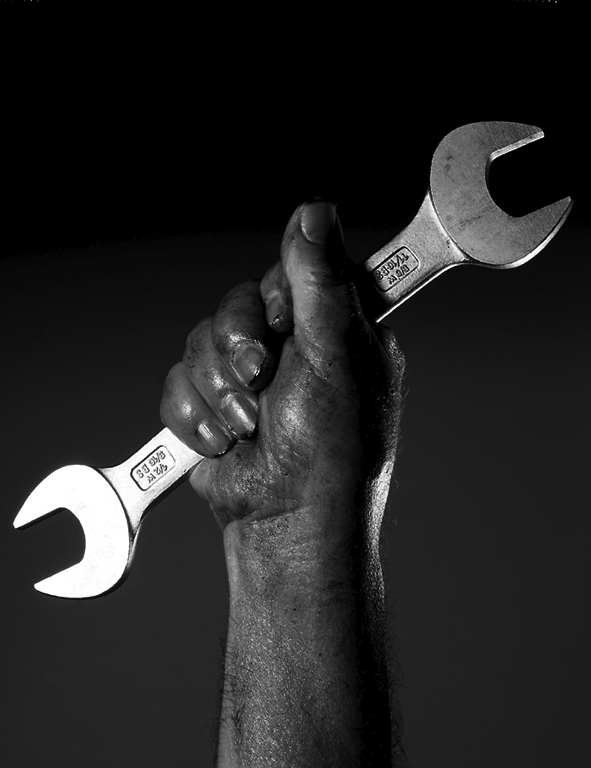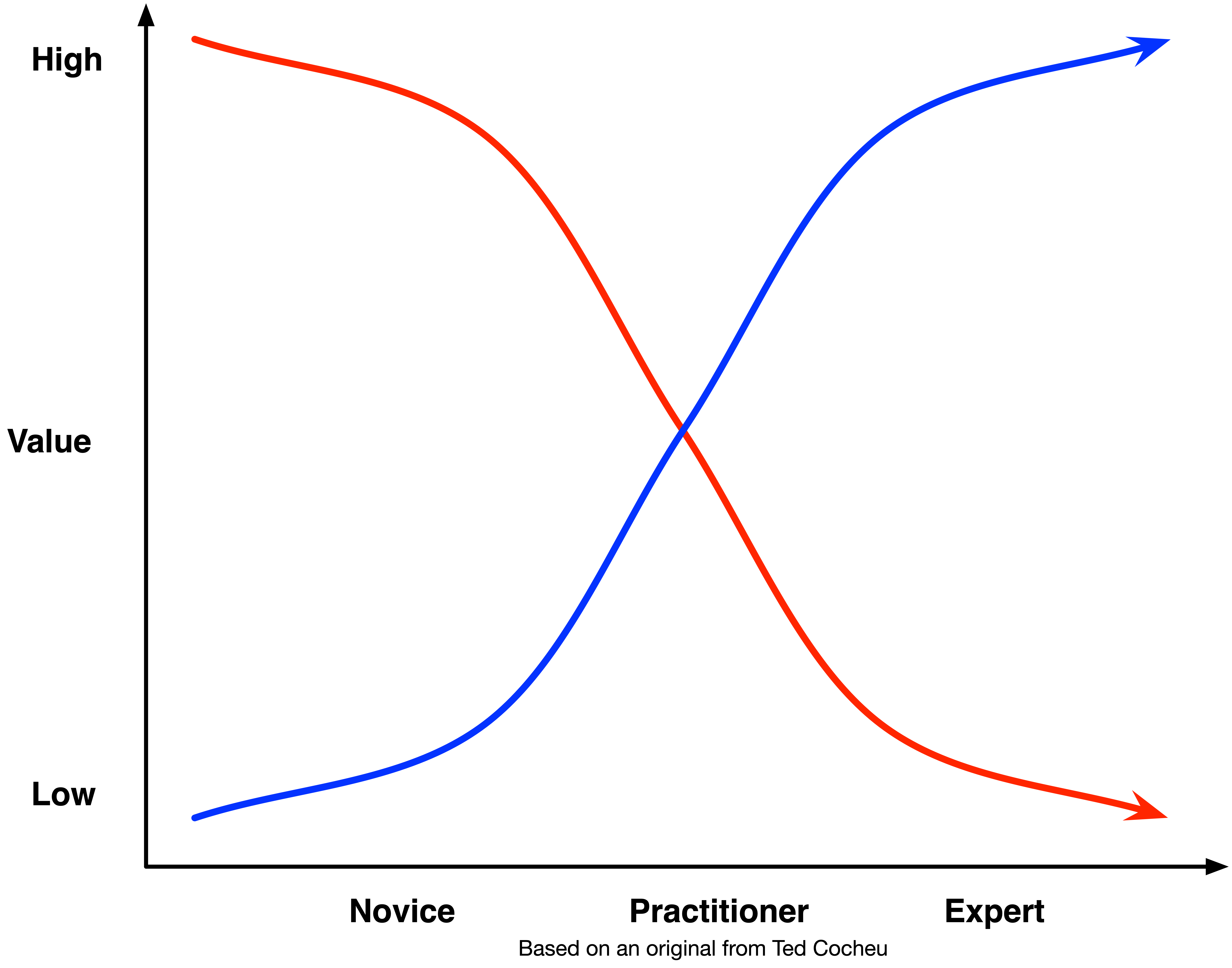A colleague and friend posted about masks, and I weighed in. He suggested that it’s really a learning issue. I’m not sure I agree, but I thought it might be interesting to explore. So here’s an L&D challenge to consider.
First, masks make sense, scientifically. They reduce the chance that someone might contaminate someone else. Given, specifically with COVID-19, that there’s a significant period of airborne contagion before the infected person is symptomatic, wearing a mask is a simple preventative measure.
Now, there are some complicating factors in our current case. My friend suggested mixed messages in the media are a confounding factor. Some leaders, for instance are not wearing them. And, other responsible individuals have provided unclear information about their value.
And, wearing masks has become politicized. Some are seeing not wearing masks as a sign of rebellion or resistance to a perception of government intrusion. For some reason, wearing masks upon request is seen as different than wearing, for instance, foot coverings in food establishments. From a scientific perspective, this is inappropriate.
Now, I recently took Ashley Sinclair’s marketing for L&D course at the Learning & Development Conference (#LDC2020, learningdevelopmentconference.com). In it, she reminds me that we buy on emotion. That is, we make our decisions emotionally, and then justify the choice with logic. So, the choice isn’t necessarily a rational one.
So this creates an L&D challenge, if we want to consider it as a design problem. What can and should we do? If we had the opportunity, how would we do it? What could we do to help make mask wearing more acceptable?
We could try education, with statistics, or horror stories. There’re are statistical arguments about the likelihood of infection of each party if one, the other, or both wear masks. Or we can tell tales about the horrible effects the virus has on the human body.
We could try sarcasm. I’ve been struck with the Queen lyric revisions (“no mask on your face, big disgrace, spreading your germs all over the place”), for instance. But that’s not necessarily going to work (even if it is fun). Sarcasm can be inappropriate in the face of entrenched viewpoints.
Or we can try guilt, about carrying risks to family members or friends. If you get it, even if the effects are mild or unnoticeable, you could still infect someone you’re quaranteaming with. Raising awareness about the potential consequences can change people’s behavior.
Finally, we can appeal to better nature. Like being someone who takes the grocery cart back to the collection area, or using your turn signals, it’s just polite. It’s considerate of others, and that’s what makes a society work.
By the way, I wear a mask to the store (it’s required where I live, to be fair). I also wear a (microfiber) bandanna when I walk around the neighborhood that I pull up whenever I’m passing someone, even though we’re almost always more than 6 feet apart. I don’t do it for me, I do it for others. Because while I’m not high-risk, I could get infected and not know it for a few days, and I’d hate to be responsible for someone else getting it from me. Not that I’m keen to find out how I’d react to the virus, either.
So, how do we do it? How do we get people to stop viewing it as an imposition, but as a social obligation that benefits everyone? This is what I mean by an L&D challenge: this is the type of thing we should be able to solve. Now, I know it’s not in our control, so this is a thought exercise, but one that’s not easy. And that’s what we also face in our real situations. So, what would you do?
(Oh, and wear a mask when you’re out in public, please. You don’t know who you might be helping.)




